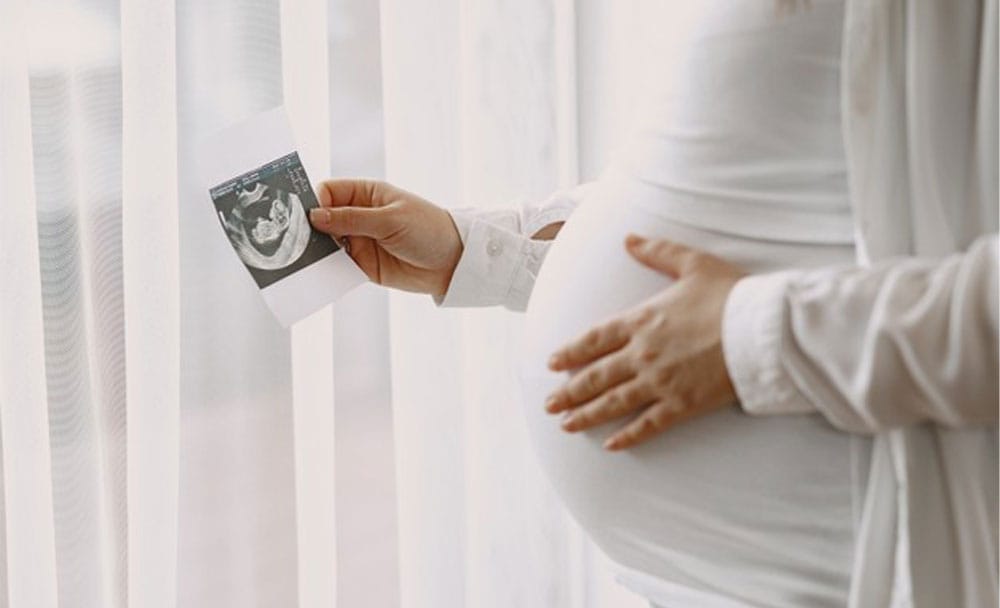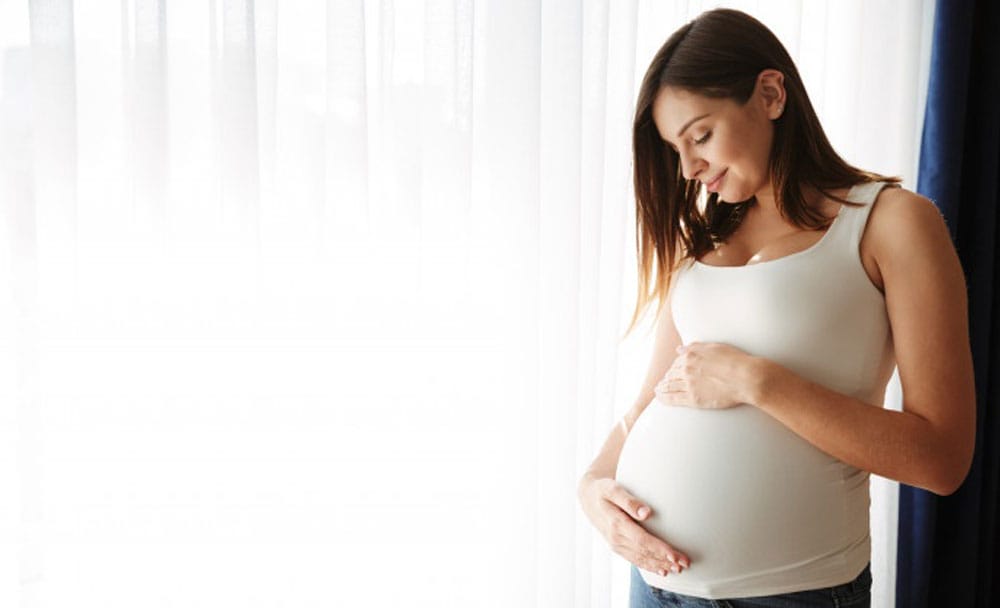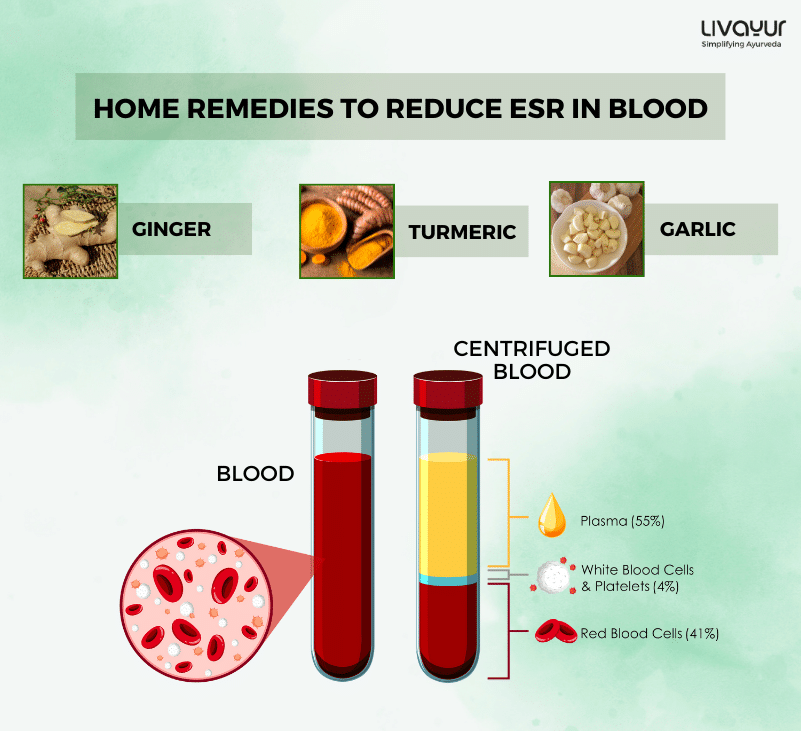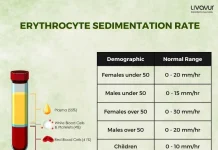
The placenta is a temporary organ that helps to provide oxygen and nutrients to the growing baby via the umbilical cord. It is one of the most important organs during pregnancy. Placenta also helps to flush out wastes from the blood of the baby.
Posterior placenta means the placenta located at the back wall of the uterus. The location of the placenta varies from person to person. However, the placental position does not indicate anything in particular. It can be positioned in a woman’s body in any of the following ways:
- Anterior Placenta: When the placenta is located towards the front wall of the uterus
- Posterior Placenta: When the placenta is located towards the back wall of the uterus
- Fundal Posterior Placenta: When the placenta is positioned towards the top and back of the uterine wall
- Lateral Placenta: When the placenta is located on the left or right side of the uterus
Many women also have a low-lying placenta. It means that the placenta is located in the lower segment of the uterus for the first 20 weeks. After that, it shifts away from the lower segment as the uterus starts growing bigger.
Myths and Facts About Posterior Placenta:
There are many myths and rumours about the posterior placenta. Let’s bust some of these myths and know the real facts behind them.
Myth: Posterior placenta indicates the gender of the baby.
Fact: Some people believe that having a posterior placenta indicates that you are having a boy. However, there is no scientific proof that the location of the placenta can indicate the gender of the fetus.

Myth: Posterior placenta can increase foetal movement.
Fact: When you have a posterior placenta, the space between your baby and the abdomen is less. This lets you feel the baby’s movements earlier than the women with an anterior placenta. Therefore, many people think that having a posterior placenta increases the movements of the foetus.
Myth: Posterior placenta is the only best position for the placenta.
Fact: Although it is true that the posterior placenta helps the baby to move into the correct position for labour, there is no best position for the placenta.
Myth: Posterior placenta is always associated with preterm labour.
Fact: Sometimes, as the uterine wall becomes longer and thicker, the blood flow at the back of the uterus may get affected. This can increase your risk of getting preterm labour. However, having a posterior placenta does not guarantee that you will have preterm labour. It solely depends on the complications you may suffer.
Myth: Posterior placenta can affect your chances of having a normal delivery.
Fact: It is not true. As long as the placenta does not cover the cervix, you can easily have a normal delivery. The posterior placenta does not impact your chances of giving a vaginal birth.
Takeaway:
Having a posterior placenta is completely normal. These myths about the posterior placenta are just rumours without any scientific approach.
Disclaimer
This article is from a health and wellness perspective only and does not constitute medical advice. Kindly seek the help of a trained medical practitioner before initiating any treatment.
FAQ’s
- Is the posterior placenta linked to the baby’s gender?
It is just a myth that placenta position defines the baby’s gender. The baby’s gender and posterior placenta are two individual concepts and do not define each other.
- Should I worry if my ultrasound says I have a posterior placenta?
Not at all. Posterior placenta is a common occurrence, and a good position. Pregnant ladies should not be worrying over this, as it is not at all harmful for the baby and for the mother.
- Will a posterior fundal placenta make labor easier?
While posterior placenta fundal significantly does not make labour easier. It is also not responsible for any kind of labour complications.
- Which placenta position is better — anterior or posterior?
Placenta posterior and anterior are just two different positions. They both are healthy and normal position, which does not complicate delivery. Hence, it is difficult to point out which one is better.
- Can You Have a Normal Delivery with a Posterior Placenta?
Absolutely yes. Posterior placenta normal delivery is very common, as this position does not create complications and helps the baby to descend easily.
REFERENCES
- Placental location and pregnancy outcome, 2013 Dec 1
- Clinical Comparison of Anterior or Posterior Placental Location with Placenta Previa and History of Previous Cesarean Section Delivery, 2023 Mar 29
- Diagnosis of abnormally invasive posterior placentation: the role of MR imaging, June 2017
- Posterior Placenta: 5 Myths (and Facts) You Need to Know, September 29, 2020


















You have brought up a very wonderful details, regards for the post.
Saved as a favorite, I really like your blog!